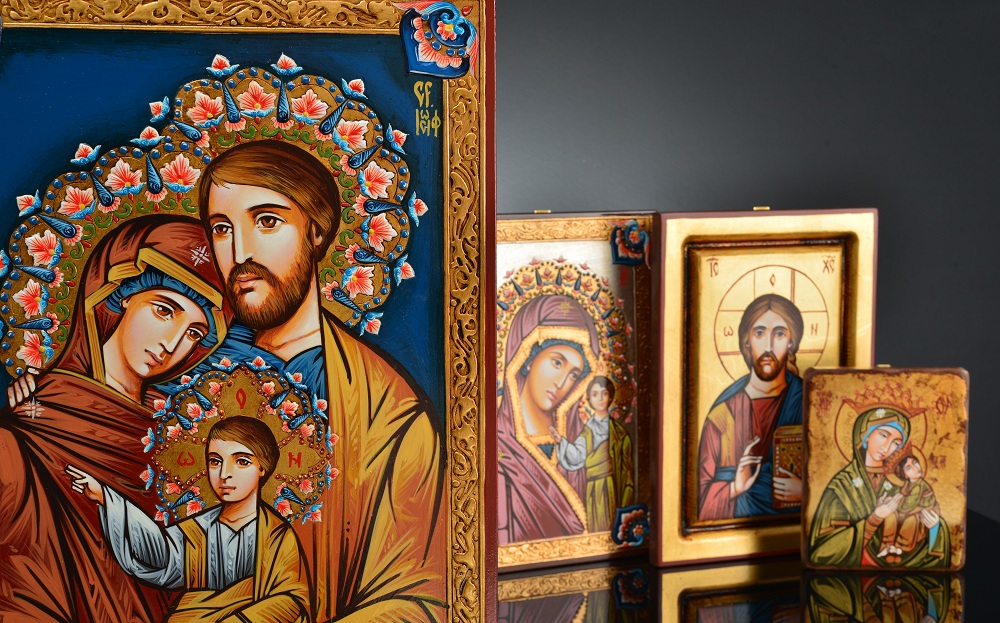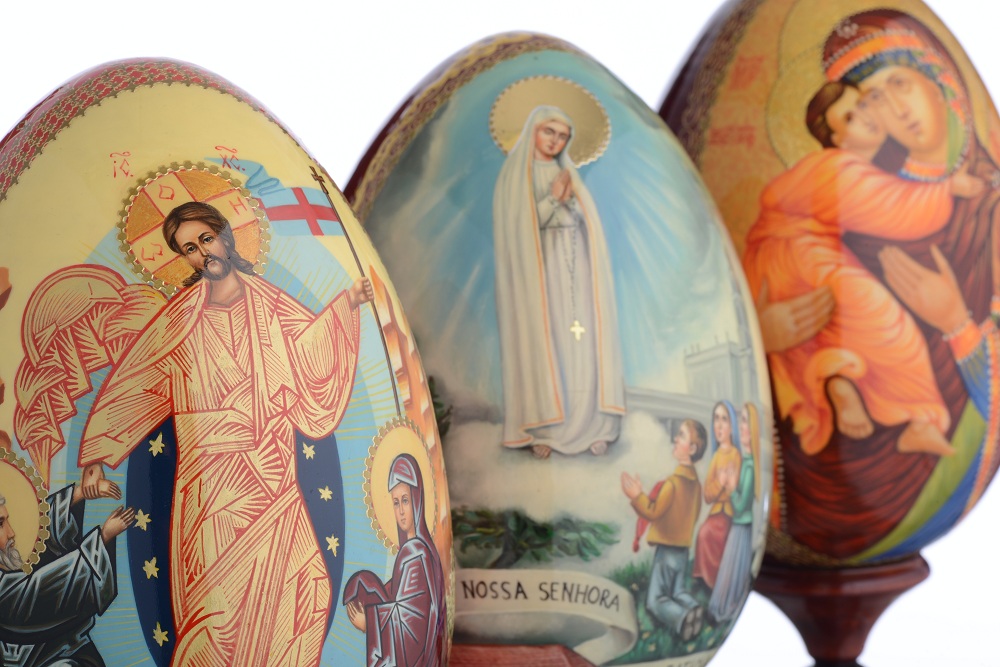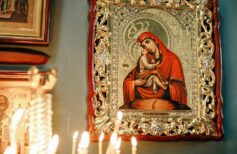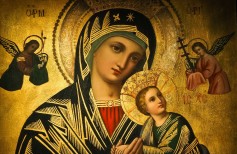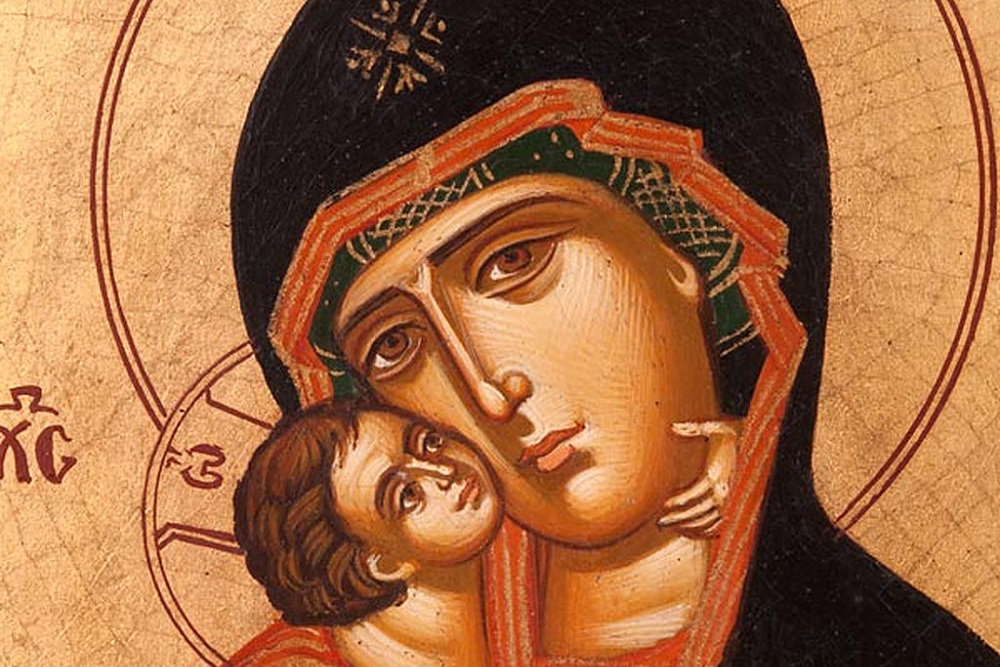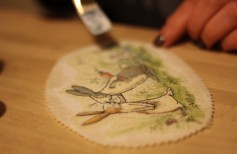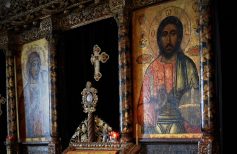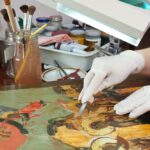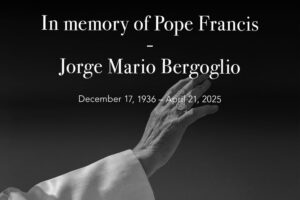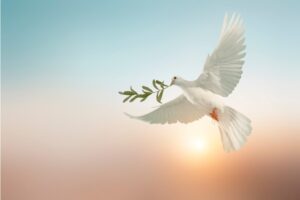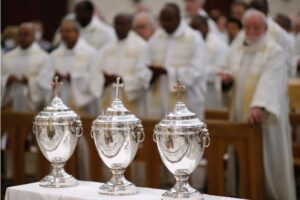Ancient Russian Icons are paintings of inestimable value and absolute beauty.
Only revealed to the world in the early 1900s during an exhibition in Paris, they won unanimous approval and were immediately recognised as not only part of Russian heritage, but as something that belongs to all of humanity.
This immense value and global recognition derives from the artistic beauty of ancient Russian icons itself, but above all from the deep symbolic meaning and devotion of which they are imbued.
The true face of medieval piety is found in ancient Russian icons, devoid of all trappings and superstructure inevitably accumulated over the centuries and in the succession of the various world art trends. It is not just the appearance of the paintings, but also of materials used, the choice of colours, the context for which the icon had been made, the same approach you would take looking at a work of art.
The vision of God and the religion of our forefathers is revived in ancient Russian icons with shocking intensity, both from artistic and human points of few. Whole generations of painters drew inspiration from their vision, upsetting the history of art and decreeing a real revolution in markets and among investors worldwide. The ancient Russian icons market still remains among the most prosperous and sought after. Every authentic Russian icon must be accompanied by photos with valuation prepared by experts of the Ministry of Russian culture and export documents.
The origin of ancient Russian icons dates back to the fifth century and refers directly to the portraits of Mary attributed to Luke the Apostle, the Shroud and other depictions of Jesus and ancient Mary. The term ‘icon’ is derived from the Russian “икона”, from the Greek eikénai, ‘look like’, ‘appear’, or eikona that means ‘image’.
Ancient Russian icons are sacred images reproduced on usually lime, larch or spruce wood, covered with several layers of rabbit glue and plaster that were then smoothed with dried fish skin or sandpaper. In this way, they obtained a smooth finish without roughness, called levkas, perfectly accommodating painting and gilding. The colours were natural, of vegetable or mineral origin, mixed with egg yolk.
A characteristic feature was the frame, part of wood which contained the painting itself and represented the gap between heaven and earth, and the terrestrial and divine plan. Another feature was the gold plating of all parts and the use of dark colours alternating with clear ones to obtain a three-dimensional effect.

